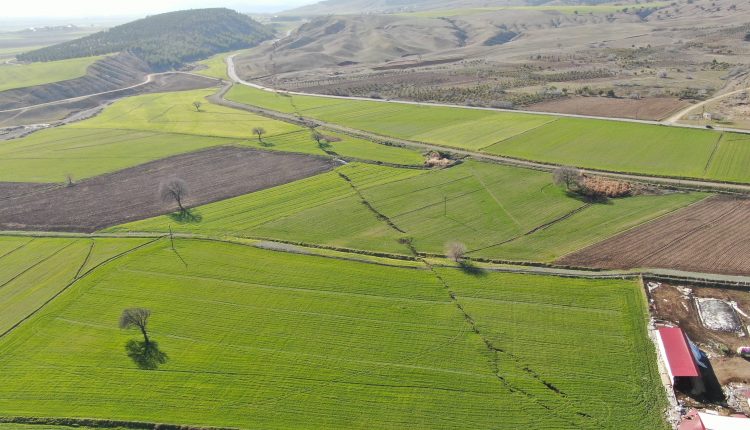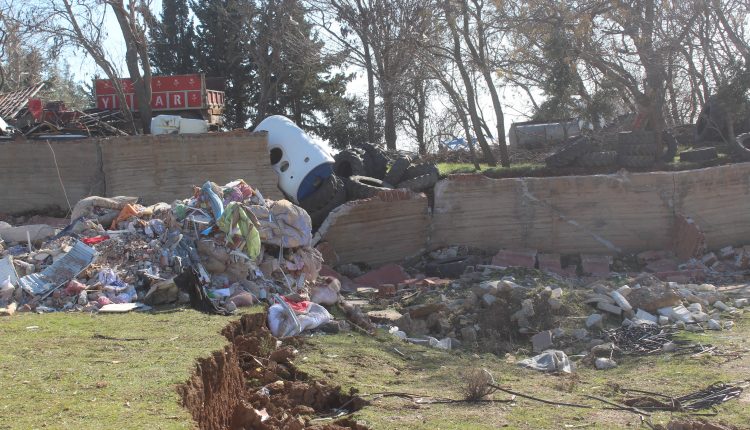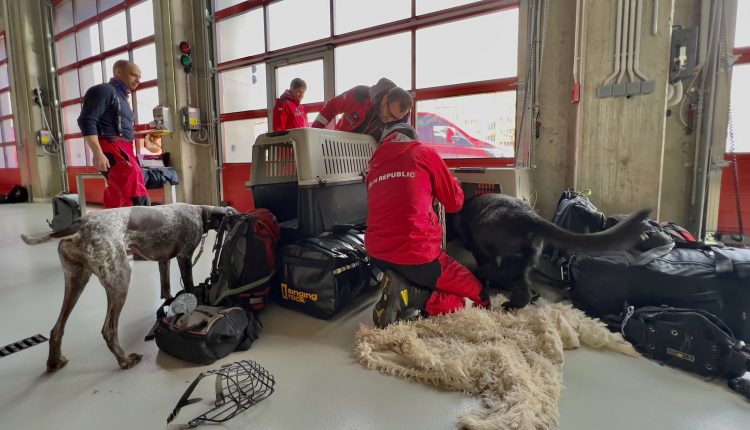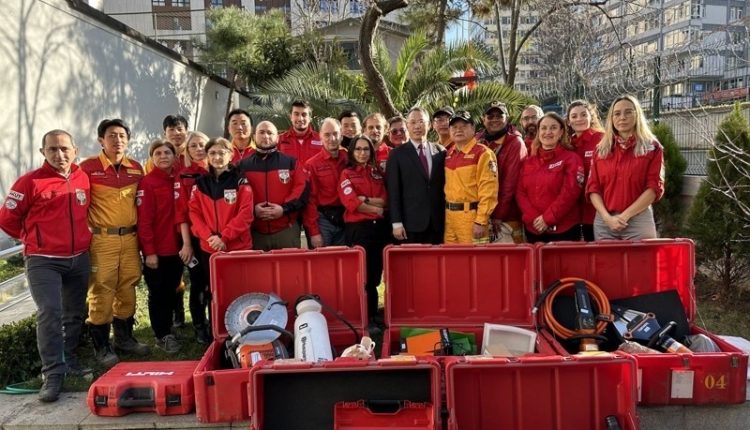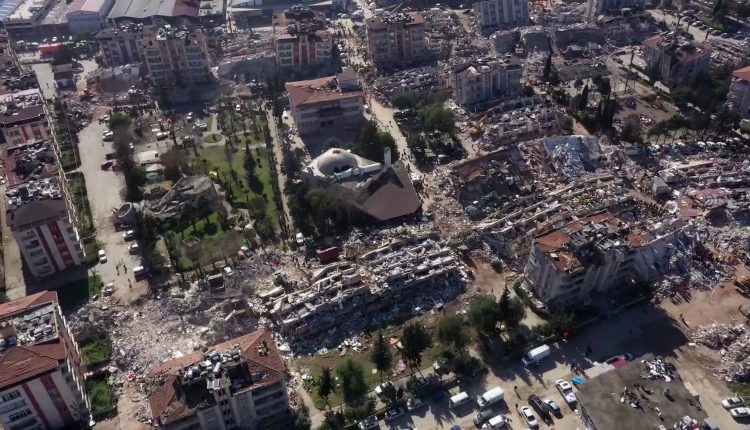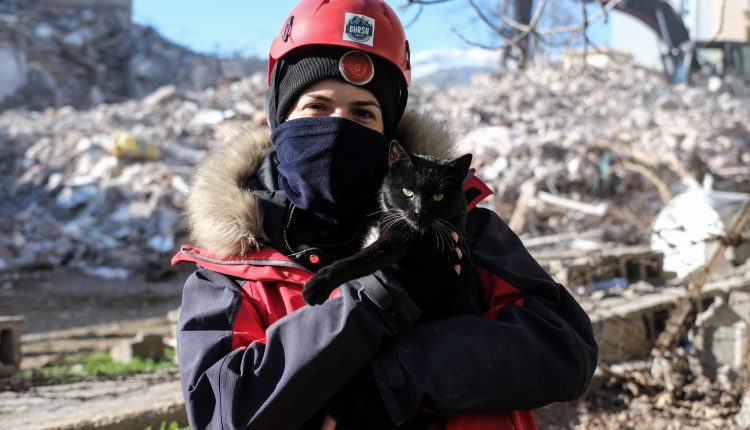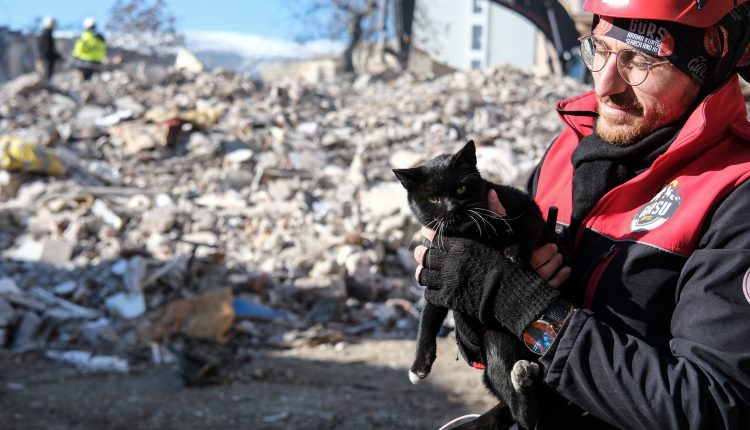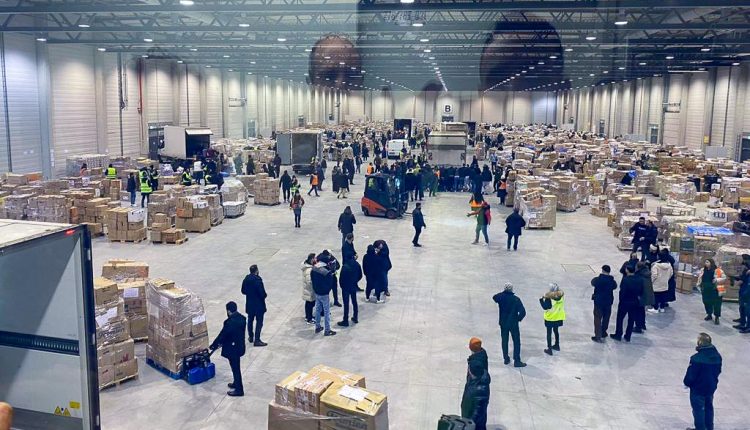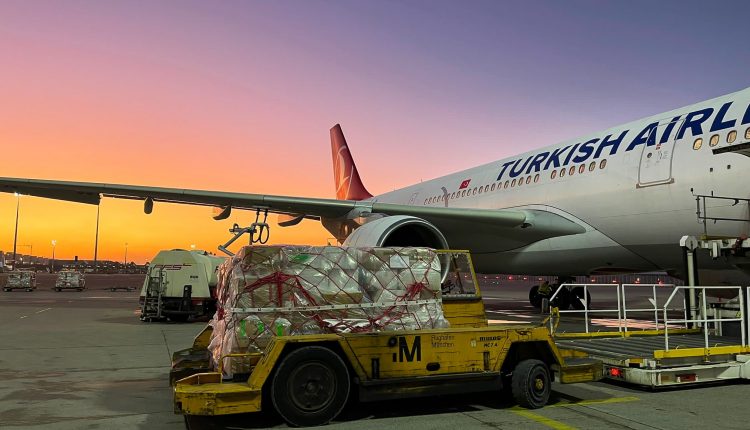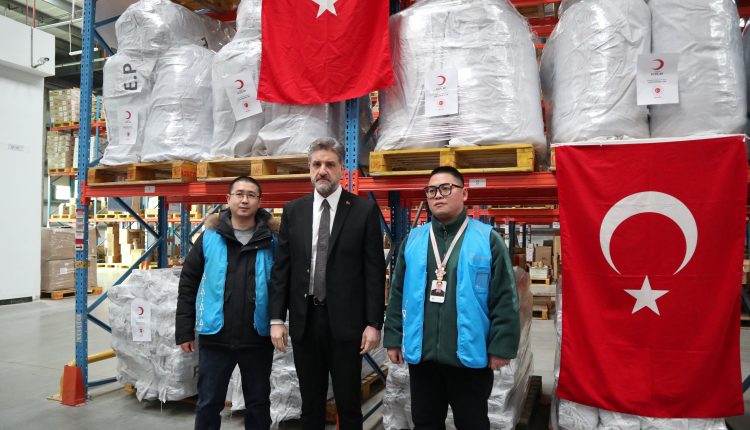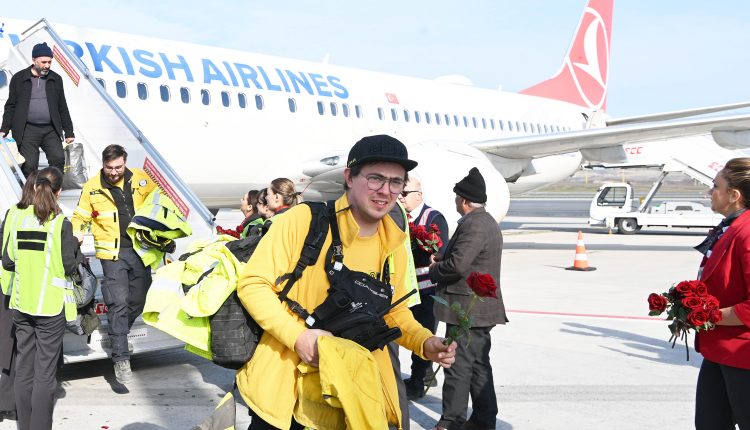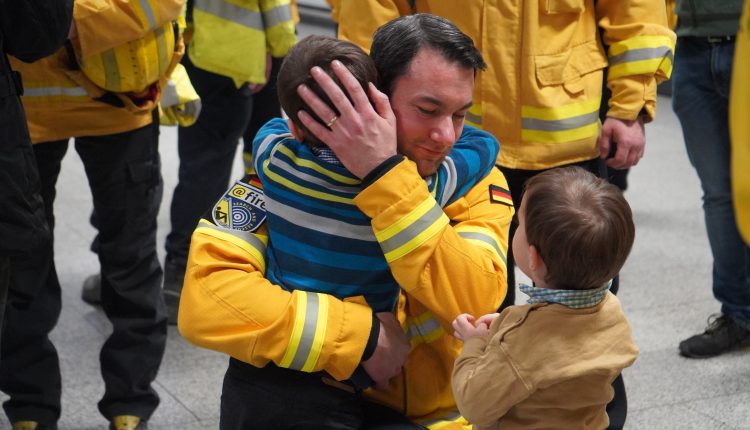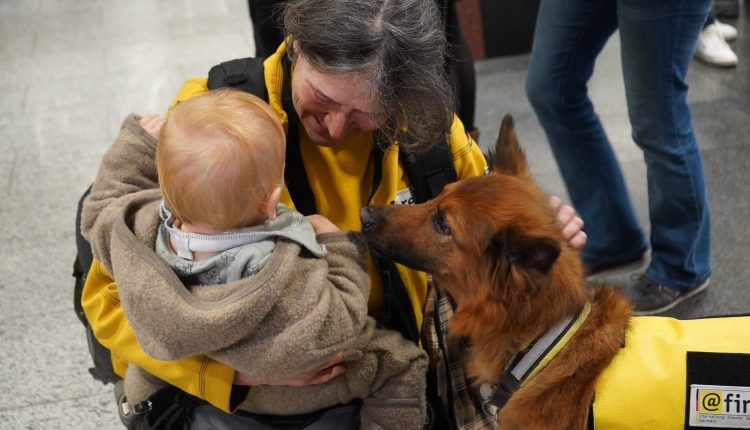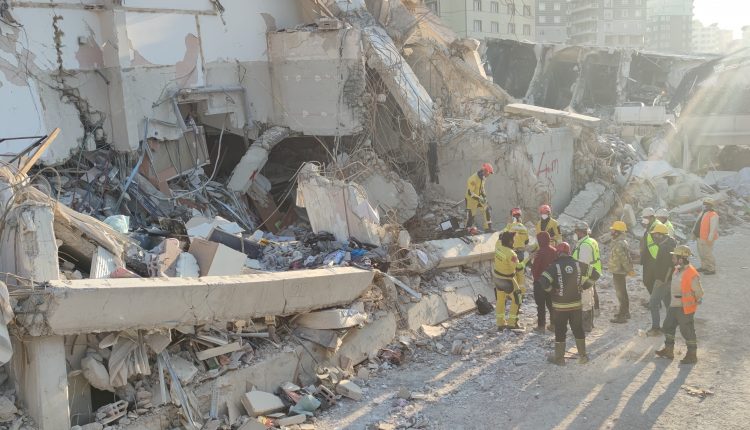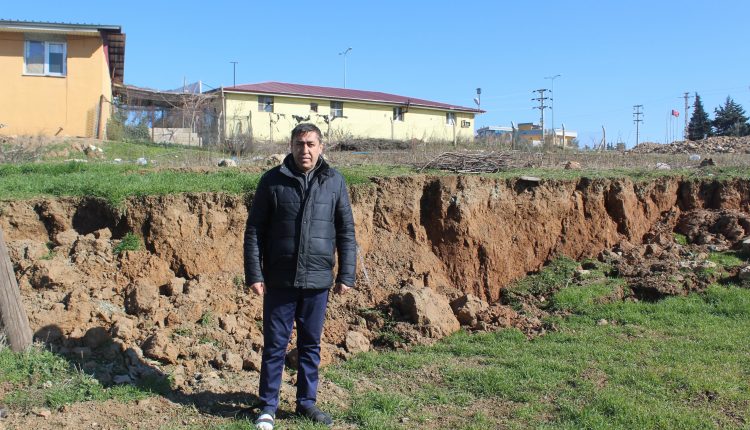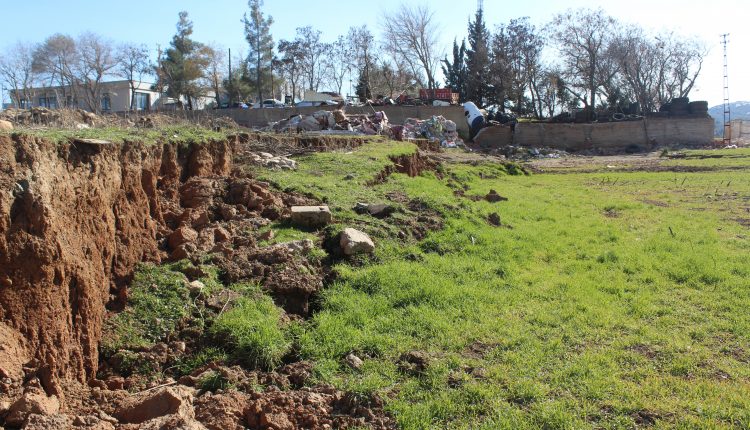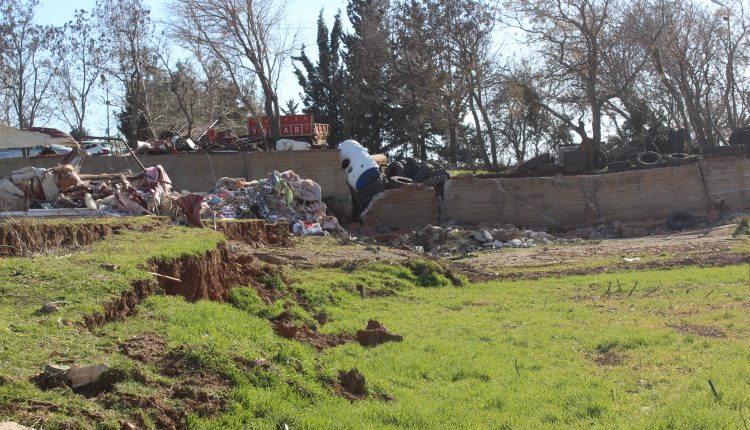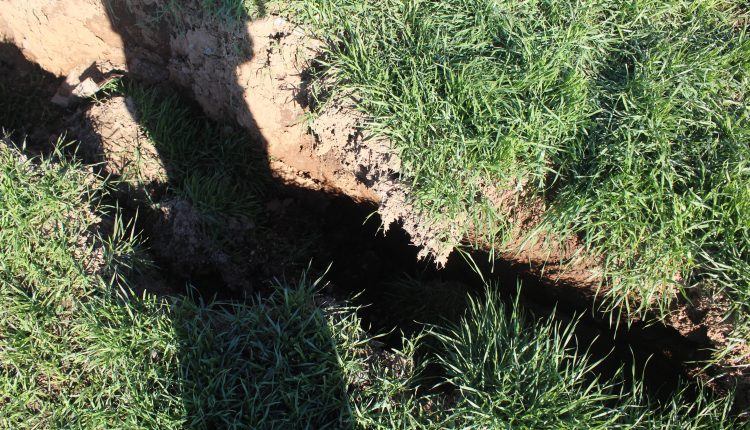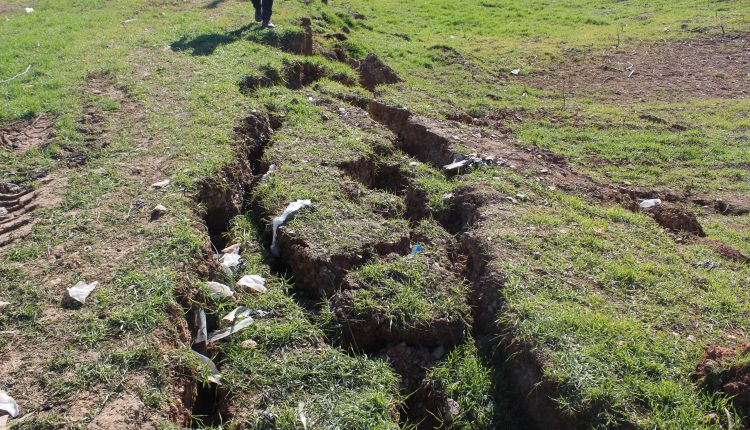Two earthquakes, one with a magnitude of 7.7 in the center of Pazarcık in Kahramanmaraş, and the other with a magnitude of 7.6 in the center of Elbistan, hit Turkey on February 6, 2023. There were 1,891 aftershocks after the earthquakes. The Kahramanmaraş-centered earthquake caused a rift dividing a 35-decare olive orchard in the middle of the Tepehan Village of the Hatay Altınözü District. Some citizens reported hearing a big explosion sound and seeing a green light in the same area. The Antakya Demirköprü highway was heavily damaged, causing it to be closed to transportation in the Reyhanlı-Demirköprü return direction.
Several countries have sent teams and aid to Turkey to help with the aftermath of the 7.7 and 7.6 magnitude earthquakes that hit the country’s southern regions. Within the scope of the EU Civil Protection Mechanism, 27 search and rescue and medical teams were sent from 19 countries, while Kazakhstan, Uzbekistan, Lebanon, Japan, the United Arab Emirates, Malaysia, India, Pakistan, Israel, Taiwan, the United States, Russia, Mexico, Britain, Switzerland, and Austria have also sent teams and aid to Turkey. Teams from Azerbaijan, Qatar, and Croatia have also provided assistance to the relief efforts.
Many generous individuals from all 81 cities of the country have come to the aid of the affected people. These benefactors are providing much-needed basic necessities such as water, food, and blankets to the earthquake victims. They have also set up a mobile food truck to provide warm meals to the citizens of Hatay. In addition, soup has been prepared for the families of patients waiting in field hospitals set up in the garden of the Hatay Training and Research Hospital, which was heavily damaged in the earthquake. This distribution process has helped to fill the stomachs of those in need and has warmed the hearts of all who have witnessed the kind and compassionate efforts of the benefactors.
President Erdoğan highlighted that the earthquake had affected nearly 20 million people in the cities where the tremors were felt, and the energy released was as strong as 500 atomic bombs. This disaster is considered one of the most significant natural disasters in human history. Despite the high number of casualties and the thousands of collapsed buildings, the state and the nation have mobilized all their resources for the disaster area. Over 8,000 people have been rescued by search and rescue teams, and a state of emergency at level 4 has been declared, including international aid. The relevant institutions of the state, as well as NGOs and volunteers, are working tirelessly to assist those affected. Tent, container, and prefabricated structures are being set up, and debris removal work is underway, with plans to rebuild and revive the affected cities as soon as possible.


